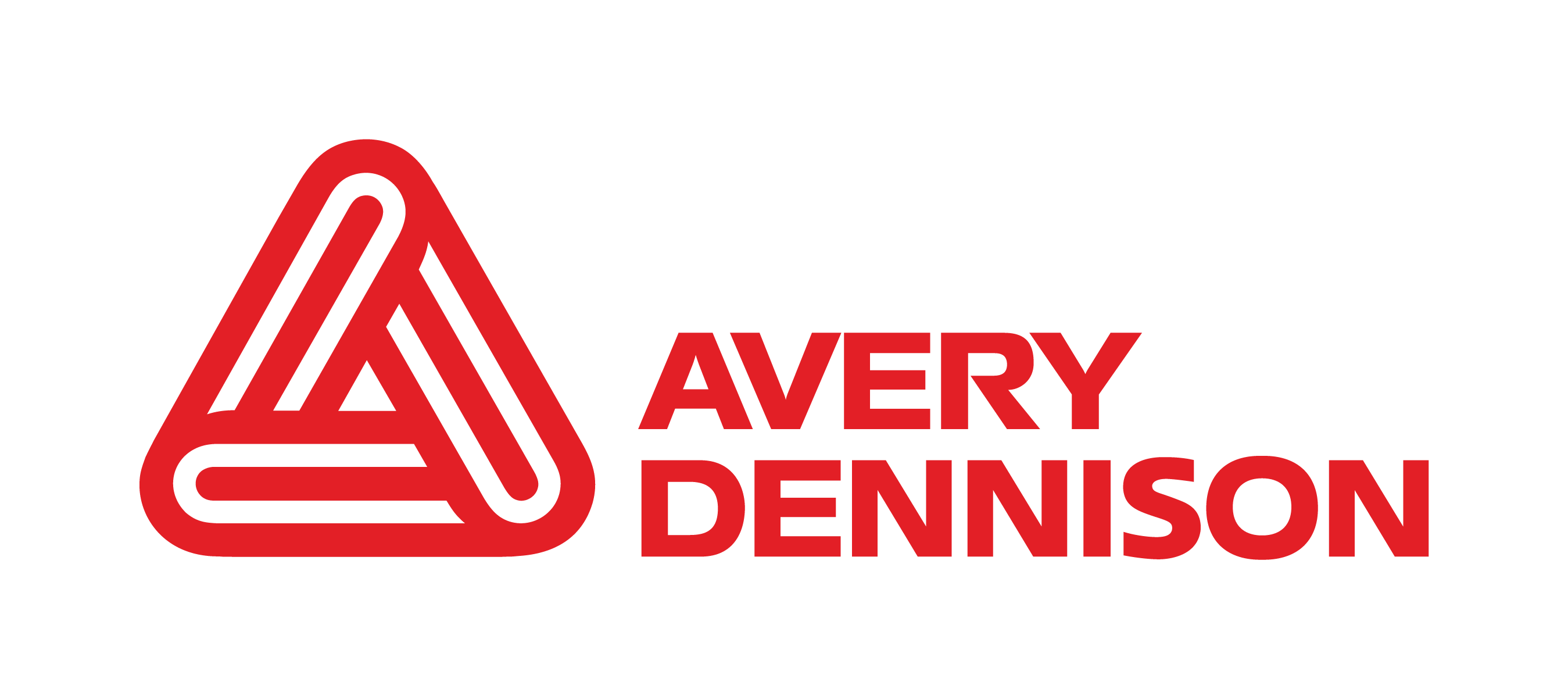Regionalization: Building resilience closer to home
At the same time, another transformation is changing the landscape for EVB production. The long-standing dependence on global supply chains — optimized for cost, not stability — is giving way to a new logic: regionalization as resilience.
In Europe, offshore procurement has fallen by 25% over the last two years, while nearshoring investment rose 62% between 2022 and 2023 compared with pre-pandemic levels. Manufacturers are moving EV production closer to European customers to reduce logistics costs and dependency on distant hubs, even as regional production remains roughly 30% more expensive than in China. Efficiency is increasingly measured not by the lowest unit cost but by the most reliable, tariff-insulated supply chain.
Policy is reinforcing this shift, too. The Critical Raw Materials Act (CRMA) aims to secure access to lithium, nickel and other EV inputs by encouraging mining, refining and processing within the region. Meanwhile, the European Chips Act is rebuilding domestic semiconductor capacity, which is essential for EVs and advanced driver-assistance systems after shortages exposed the danger of dependency. Together with strict frameworks like REACH and the new ELVR, these policies create a compliance environment that favors local suppliers who can guarantee traceability and chemical conformity.
For material providers, that’s changing the game. High-performance labeling and film systems — though small in size — sit at the intersection of these pressures. They must meet durability standards for heat, UV and chemical resistance while also being fully compliant and locally validated. As a result, suppliers are investing heavily in European production and testing facilities to meet OEM demands for rapid customization, verified performance and assured supply.
Redefining what progress means
Sustainability and regionalization are often discussed as separate topics, but they are deeply connected. Circular design depends on local recycling and manufacturing loops, while resilient regional supply chains create the foundation for credible sustainability.
Europe’s automotive industry is redefining efficiency around compliance, material traceability and local control. The most competitive supply chains of the next decade will be those that combine proximity, transparency and circular thinking.
From more sustainable materials to high-performance labels, Avery Dennison supports OEMs and suppliers in meeting new automotive standards. Our global expertise, local technical teams and comprehensive product portfolio help ensure reliable performance across every application.
To learn more, download our product guide to explore our full range of solutions.
Or if you want to talk to one of our experts about your unique needs, contact us here.



